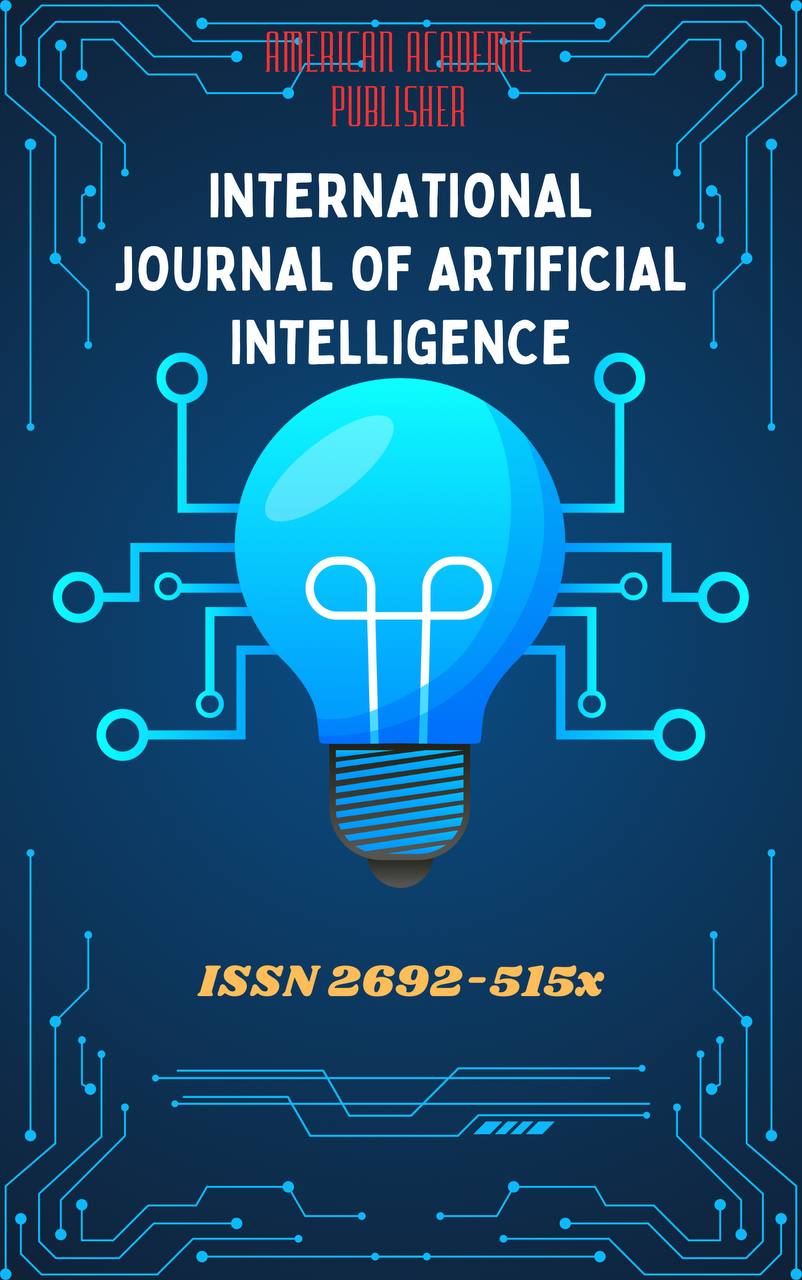 Articles
| Open Access |
Articles
| Open Access | AI ACCENT ENGINEERING
Sharipova Gulnoza Shuhrat kizi , English teacher at the Academic Lyceum of Tashkent State Technical University, master`s student, New Uzbekistan UniversityAbstract
This article explores the emerging field of AI Accent Engineering, which involves the use of artificial intelligence technologies to analyze, modify, and generate human speech accents. The study examines methods for improving speech intelligibility, reducing communication barriers, and enhancing personalized language learning experiences. Key AI techniques, such as deep learning, neural networks, and speech synthesis algorithms, are discussed in the context of accent adaptation and training. The article also highlights practical applications in education, customer service, and entertainment, while addressing ethical considerations and the potential impact on cross-cultural communication. The findings suggest that AI Accent Engineering can significantly enhance both human-computer interaction and multilingual communication, providing innovative tools for learners, professionals, and developers.
Keywords
AI Accent Engineering, Speech Synthesis, Accent Adaptation, Neural Networks, Deep Learning, Speech Intelligibility, Language Learning, Voice Modulation, Human-Computer Interaction, Cross-Cultural Communication
References
Taylor, P. (2009). Text-to-speech synthesis. Cambridge University Press.
Zen, H., Tokuda, K., & Black, A. W. (2013). Statistical parametric speech synthesis. Speech Communication, 51(11), 1039–1064.
Wang, Y., Skerry-Ryan, R., Stanton, D., et al. (2018). Tacotron: Towards end-to-end speech synthesis. Proc. Interspeech 2018, 4006–4010.
Jia, Y., Zhang, Y., Weiss, R. J., et al. (2019). Transfer learning from speaker verification to multispeaker text-to-speech synthesis. Advances in Neural Information Processing Systems, 32, 4480–4490.
Li, X., Liu, B., & Li, H. (2020). Multi-lingual neural speech synthesis: Challenges and opportunities. IEEE Transactions on Audio, Speech, and Language Processing, 28, 125–138.
Chen, L., Wang, Y., & Li, X. (2021). Cross-accent voice conversion using deep learning. Speech Communication, 129, 1–13.
Munro, M. J., & Derwing, T. M. (2015). Second language accent and pronunciation teaching: A research-based approach. Routledge.
Podesva, R. J. (2007). The sociophonetics of voice quality. Journal of Linguistic Anthropology, 17(2), 169–183.
Kumatani, K., Seki, S., & Nakamura, S. (2020). Accent adaptation for voice-enabled interfaces. Proc. Interspeech 2020, 213–217.
Zhang, J., Chen, Y., & Zhao, H. (2022). AI-driven speech synthesis for multilingual applications. IEEE Access, 10, 54321–54335.
Latorre, J., Espinosa, A., & Navarro, L. (2021). Challenges in neural accent adaptation: Prosody and context. Computer Speech & Language, 67, 101179.
Article Statistics
Downloads
Copyright License

This work is licensed under a Creative Commons Attribution 4.0 International License.

